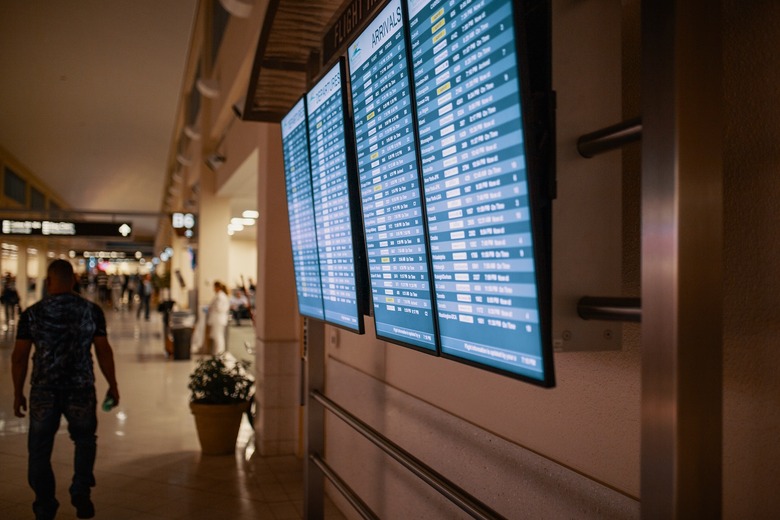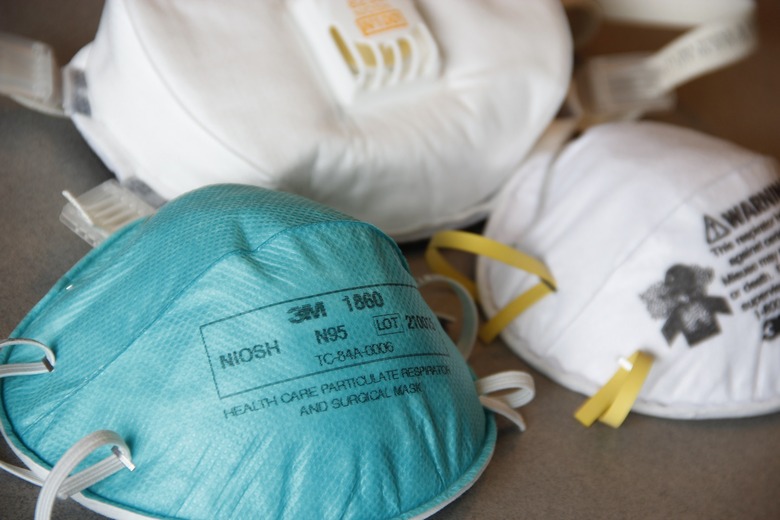Coronavirus fatality rate modeled by WHO: Best practice and biggest risks
Efforts to model the spread of coronavirus have begun to pinpoint a likely fatality rate, the World Health Organization has announced, as well as casting doubt onto the effectiveness of travel bans for preventing COVID-19 cases. The latest information from the WHO highlights best-practice for avoiding infection, but also highlights an unexpected hurdle as large sections of China remain on lockdown.
The Coronavirus situation: cases and predictions
As of February 19, according to the WHO's figures, there are 75,204 cases of COVID-19 coronavirus globally. That was a 1,872 increase from the previous day. The majority are in China, where 74,280 of the confirmed cases were identified.
2,006 deaths from coronavirus have been recorded in China, while three deaths have been recorded outside of the country. The WHO's risk assessment remains "Very High" for China, therefore, and "High" elsewhere.
"WHO is working with an international network of statisticians and mathematical modelers to estimate key epidemiologic parameters of COVID- 19, such as the incubation period (the time between infection and symptom onset), case fatality ratio (CFR, the proportion of cases that die), and the serial interval (the time between symptom onset of a primary and secondary case)," the organization said. Even so, it's cautioning that such an approach can only go so far. "Modeling can support decision-making," the WHO warned, "but needs to be combined with rigorous data collection and a comprehensive analysis of the situation."
Still, it's enough for some broad, early indicators. Preliminary estimates suggest the median incubation period is 5-6 days, and that the Infection Fatality Ratio – the percentage of all infections, both diagnosed and undiagnosed, that result in death – ranges from 0.3- to 1-percent. "Without population-based serologic studies, it is not yet possible to know what proportion of the population has been infected with COVID-19" the WHO cautions.
Coronavirus travel bans may be of limited use
With travel from some regions on lock-down, questions as to how much of a preventative step travel bans may be have been raised. According to the World Health Organization, they might not be as effective as you'd suspect.

Having used its models on the 2020 Wuhan travel ban, data scientists looked at how successful preventing movement would be in terms of reducing transmission inside and outside of China. However "travel restrictions alone are projected to have only a modest effect on the progression of the outbreak," the WHO concludes, suggesting that "they would need to be combined with other public health interventions, such as early case isolation, other forms of mobility restrictions, social distancing and population-level behavioral changes to be effective."
It doesn't come entirely as a shock, mind. Previous influenza pandemics, such as H1N1, showed the same minimal impact from travel restrictions.
Masks and more: The big coronavirus bottleneck
The CDC, WHO, and others may have a handle on just how coronavirus is most commonly transmitted, but that has highlighted another issue organizations are trying to deal with. PPE – or personal protective equipment – such as masks and gloves are essential, particularly for frontline healthcare workers, if they're to remain uninfected themselves and not act as carriers. However getting enough supplies of PPE is a problem.
"Due to the growing demand and consumption of PPE, OSL is collaborating with WHO disease specialists to develop and disseminate a guiding document on the rational use of PPE," the World Health Organization said this week. "In the meantime, [WHO Operations Support and Logistics] continues to accelerate the work of the Pandemic Supply Chain Network (PSCN), which includes manufacturers of medical products and medicines, medical distributors, and logistics providers."

Demand for PPE is, understandably, high. Contributing to the bottleneck are government export restrictions, which mean transporting supplies across borders has become more problematic. The WHO is looking into whether manufacturing can be quickly started outside of China, where most of the PPE would normally be produced.
The WHO guidelines for COVID-19
Like the US CDC, the World Health Organization has some advice for members of the public to stay as safe as possible from the risk of coronavirus. A lot of those are based on good-practice developed during previous Middle-East Respiratory Syndrome (MERS) and Severe Acute Respiratory Syndrome (SARS) outbreaks. The transmission mode of COVID-19 is believed to be similar to those of both MERS and SARS.
For a start, avoiding close contact with people who are suffering from acute respiratory infections, and avoiding unprotected contact with both farm and wild animals is advised. The WHO also suggests frequent hand-washing, "especially after direct contact with ill people or their environment."
Just as important, if you currently have symptoms of acute respiratory infection, following cough etiquette is key. That means keeping a distance from other people, covering any coughs and sneezes with either a disposable tissue or clothing, and washing hands regularly.
For travelers, there's no specific advice, at least not yet. However if someone traveling experiences respiratory illness – either during or after – they should seek medical attention straight away, and be prepared to detail their recent movements.
